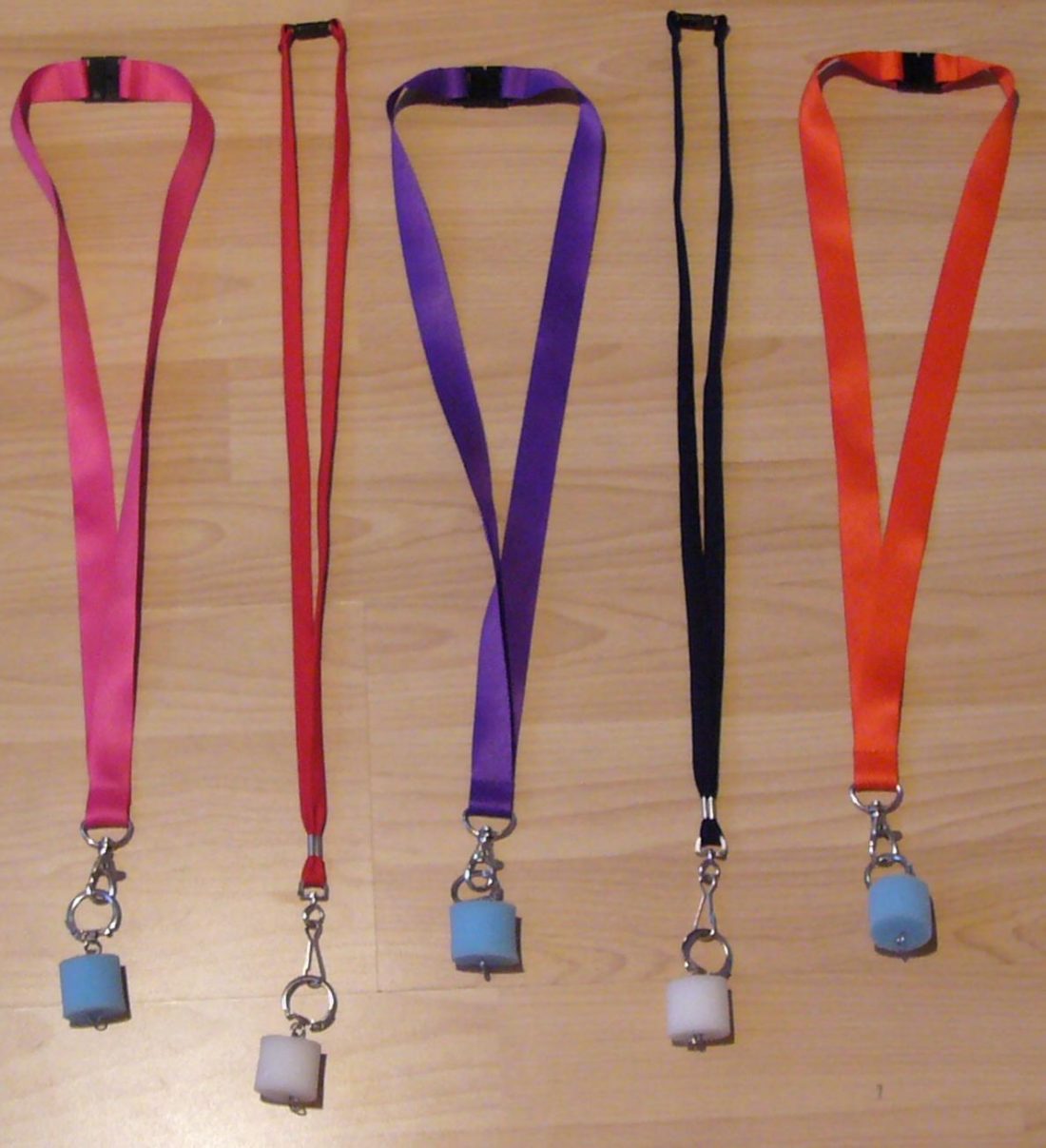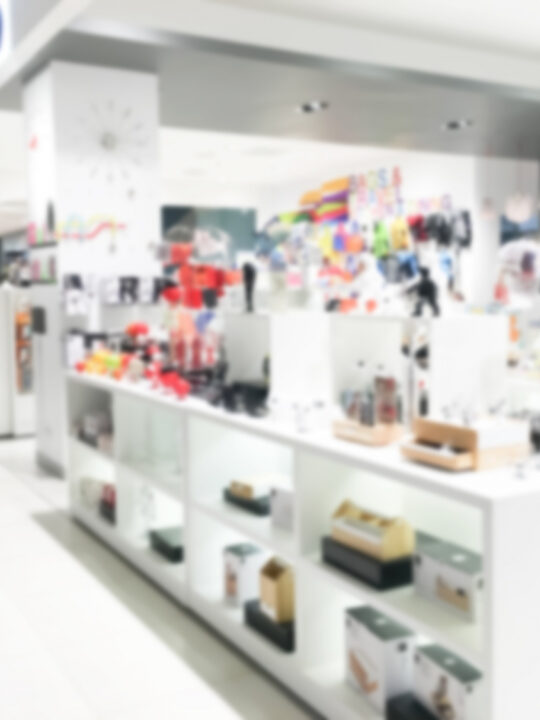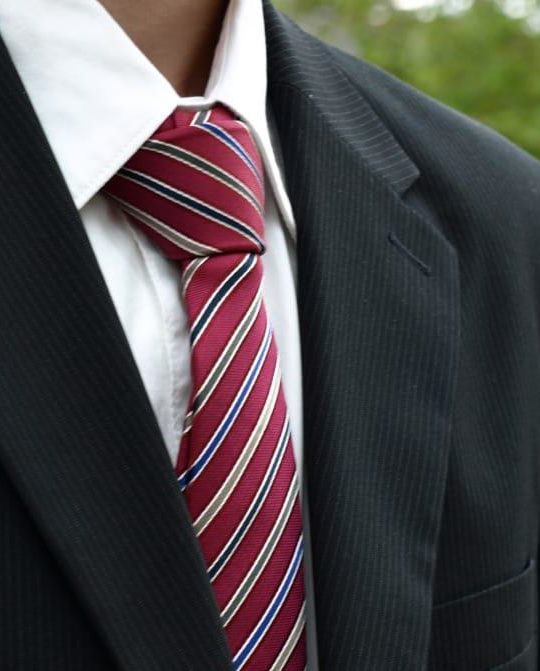
If you look hard enough, you’ll notice that colorful custom lanyards are everywhere: at school, in offices, in events, and even in fashion runways. They’re such a commonplace item that most people don’t even notice or question why anyone is wearing lanyards outside of schools or workplaces these days. But lanyards have a longer and more colorful history than you think, and they encompass an even wider range of uses.
What is a Lanyard?
A lanyard is a strap used and worn by people not just around their necks, but also on their shoulders and sometimes around their wrists. They are used to carry items, the most common of which are ID cards, but badges, whistles, keys, and other personal items can also be hung on a lanyard. They keep essentials secure and easy to access. They have several different attachments that suit a variety of needs. These attachments could be hooks, clips, or even breakaways that reduce the risk of choking or strangling.
Modern lanyards are made of a variety of materials and can either be round cords or flat ones. Nylon and cotton are materials commonly used for them, but custom lanyards have been known to be made of polyester, leather, and even lace. They come in all sorts of attractive colors and patterns, making them even more customizable and adding another layer to their functionality.
History
Lanyards were first used in the 1500s by French pirates and sailors to keep their weapons and tools close to them in battle or for doing daily work aboard their ships. Slowly, these items transitioned from being simple cords to more elaborate ones used to hold soldiers’ weapons, then as decoration in military uniforms to signify ranks and achievements. Nowadays, their use has evolved from holding weapons to a variety of other tools that are used in different places and settings, such as in offices and in campsites.
Common Uses
Lanyards are most commonly used to hold identification cards. They are usually attached to a plastic case that holds and keeps the card secure. Here are some of the other common items that can be attached to lanyards:
- Access cards
- USB device
- Keys
- Small mobile devices
- Location chip
- Flashlight
In schools, lanyards are used by students to display their IDs for easier security and identification. In schools with strict dress codes, students have used lanyards as a means for self-expression by customizing them with the use of pins, stickers, and artwork. Lanyards can even be used to demonstrate school spirit at events. This carries over to offices and workplaces, where it serves a similar function.
Lanyards are also used extensively in sporting events by all manner of athletes, coaches, referees, and other personnel. In athletic wear without pockets, lanyards make it convenient for people to carry around personal items. Referees, in particular, use lanyards to hold their whistles.
At events, lanyards are useful for many reasons. Primarily, their function makes them a great tool for organizers in order to identify and differentiate guests. They are even great for promotional uses and brand awareness. They are given away at events, with brands emblazoned on them for awareness and exposure.
Lanyards can also be useful in camping. Out in the wild, you can’t afford to lose important items that you need, and you won’t always have free pockets to store them. Lanyards can hold flashlights, keys, utility knives, fire starters, compasses, and even bear spray.
Conclusion
Lanyards have weathered years of battles and trends with their ease of functionality and versatility, so don’t think twice about having to put a lanyard around your neck at your next event. Wear it loud and proud and enjoy the added convenience its existence brings to your life.







